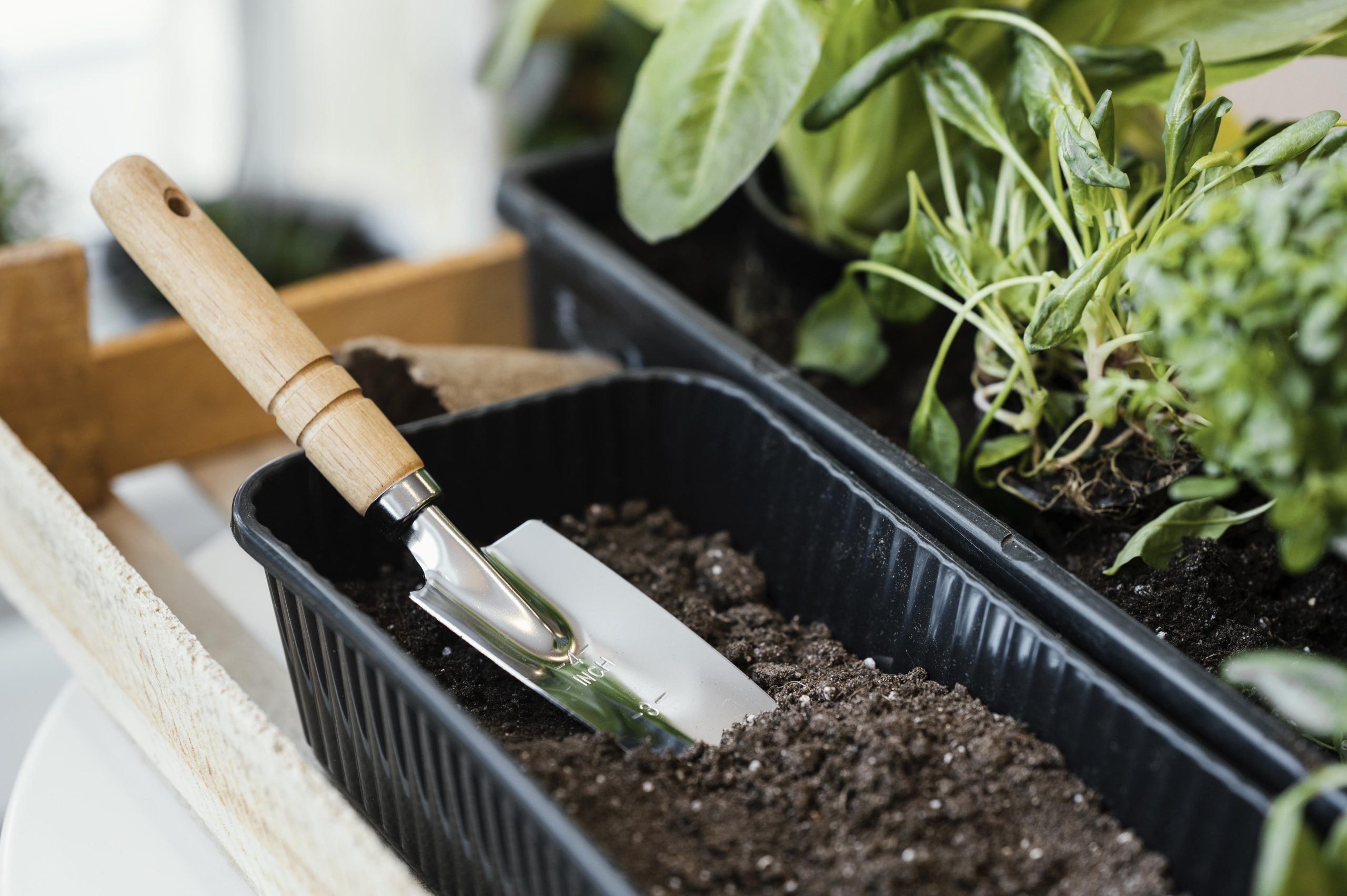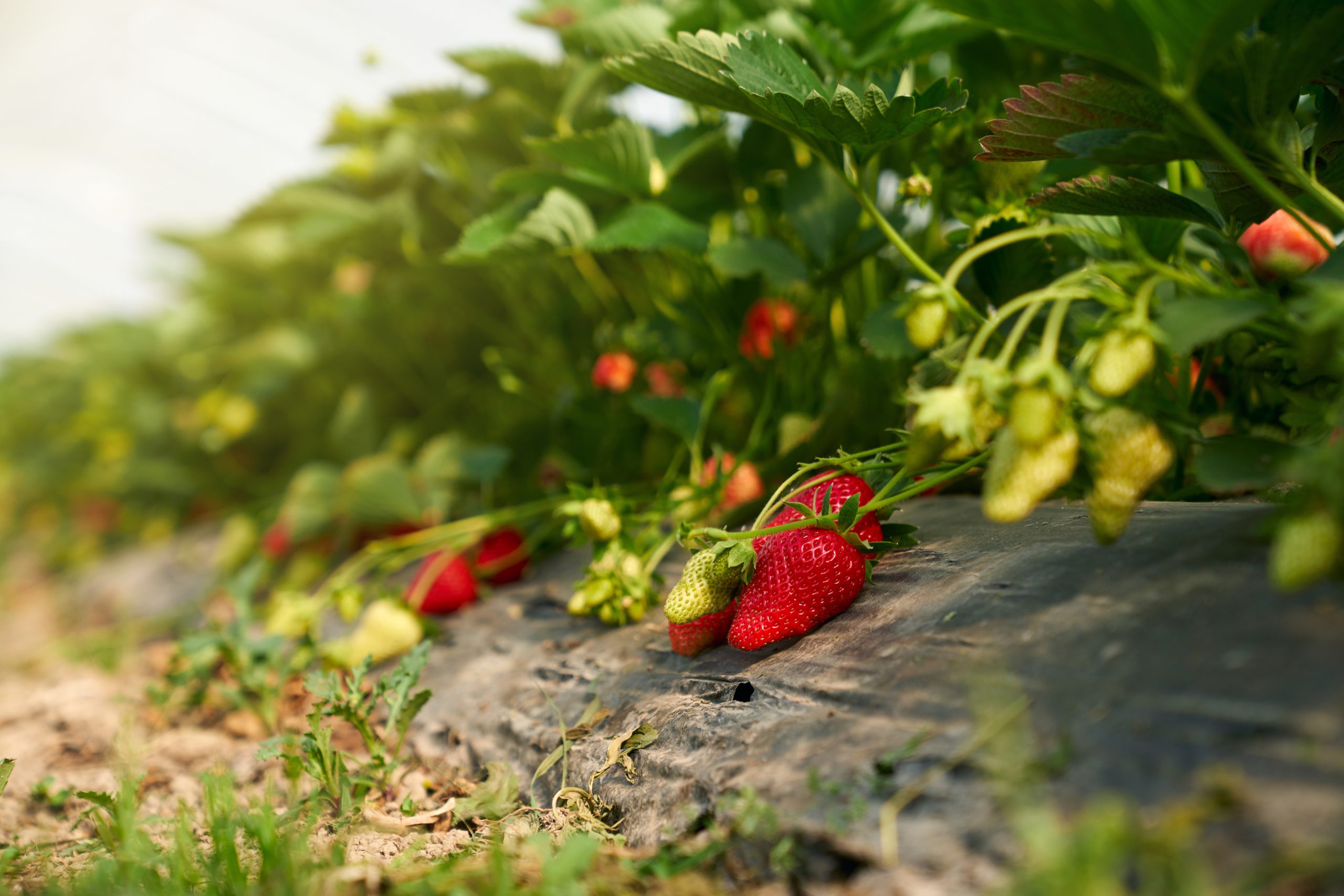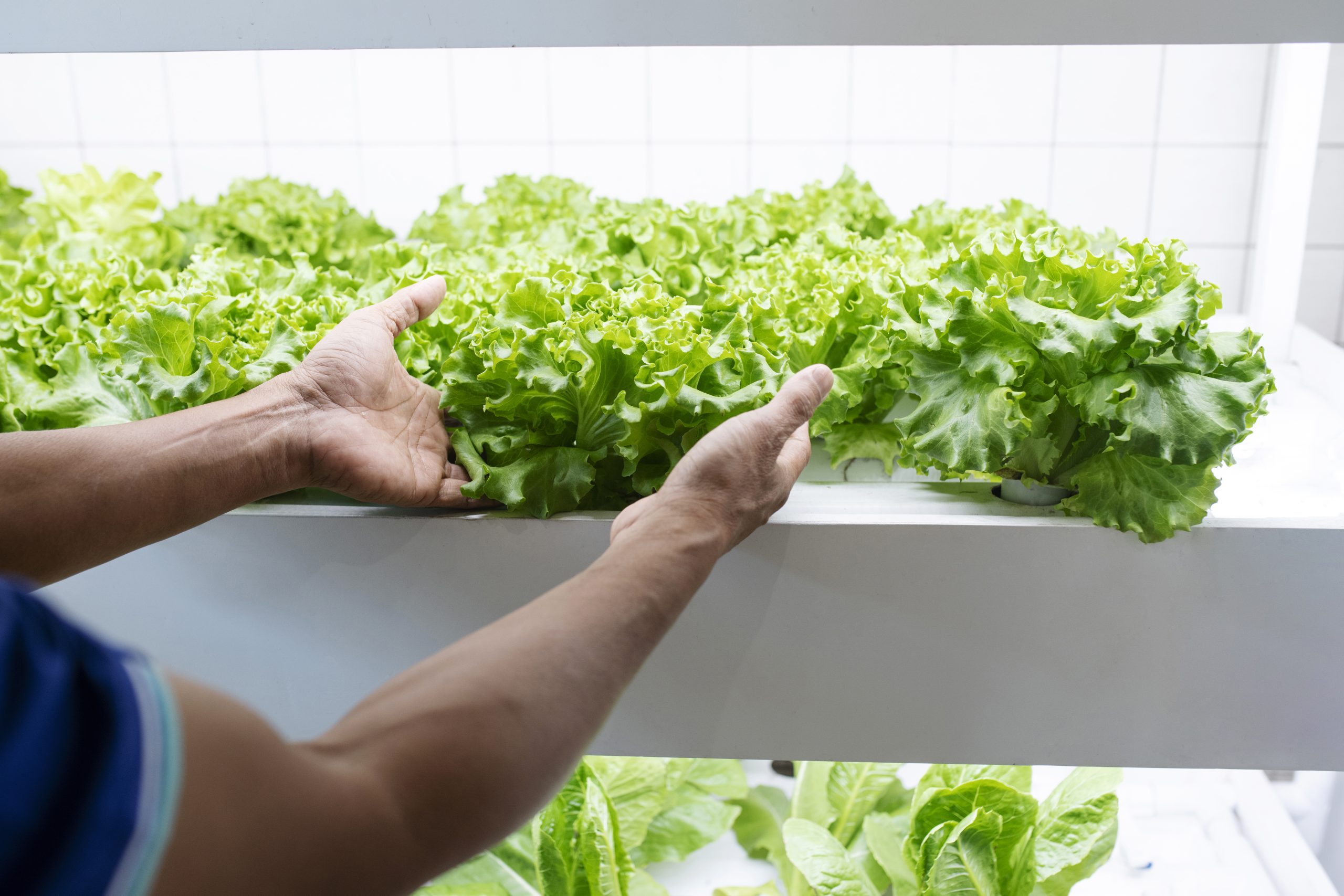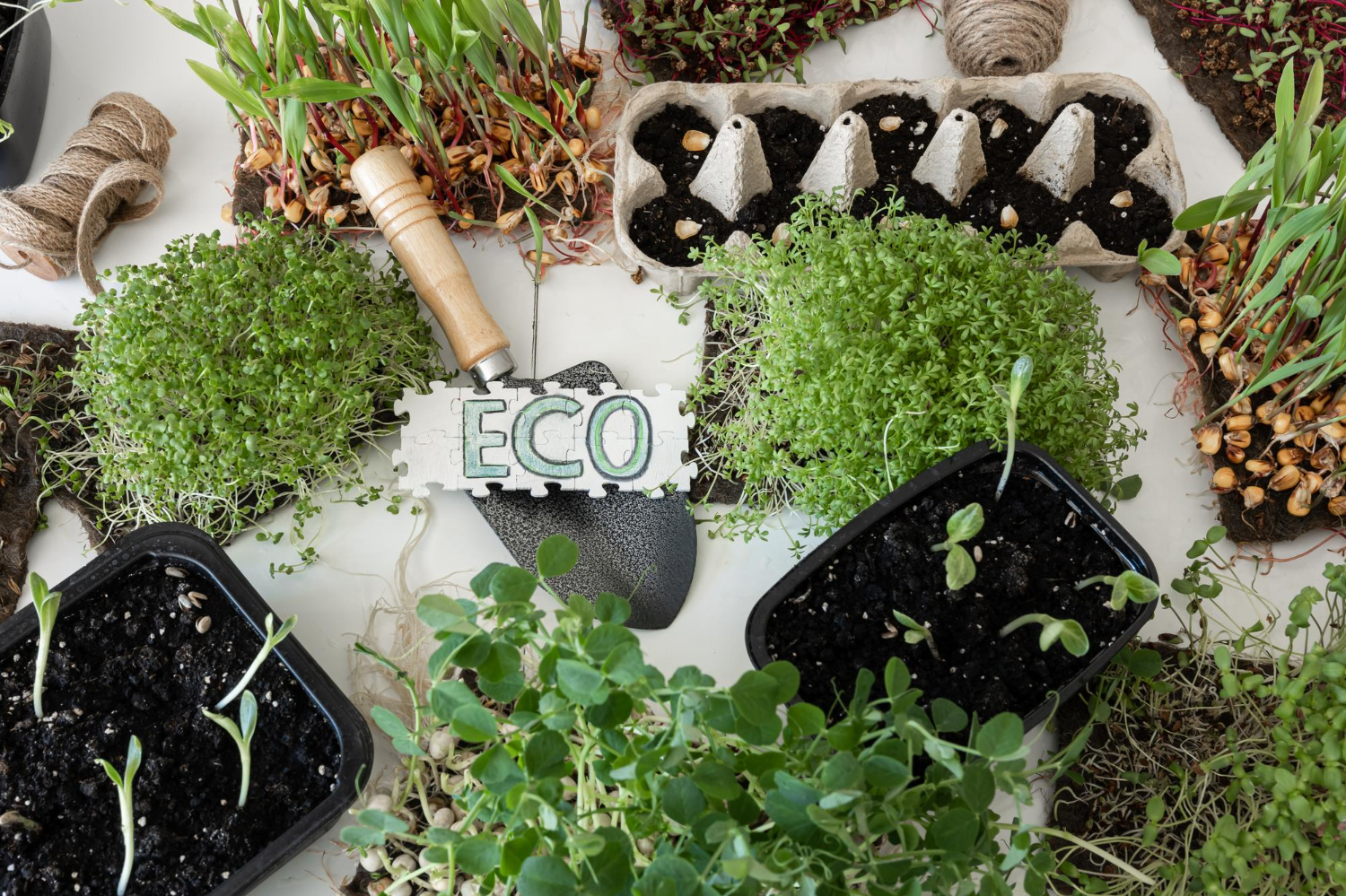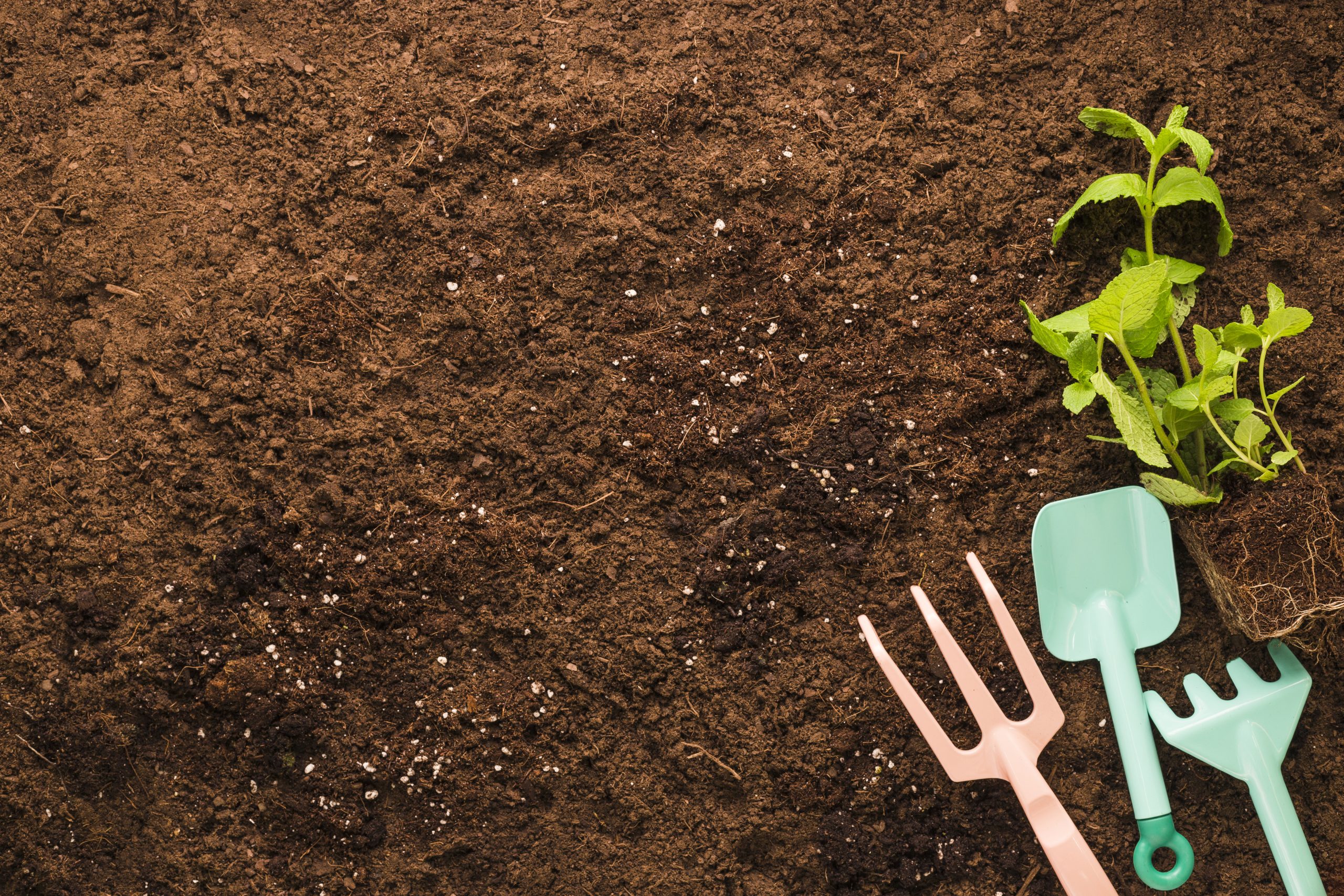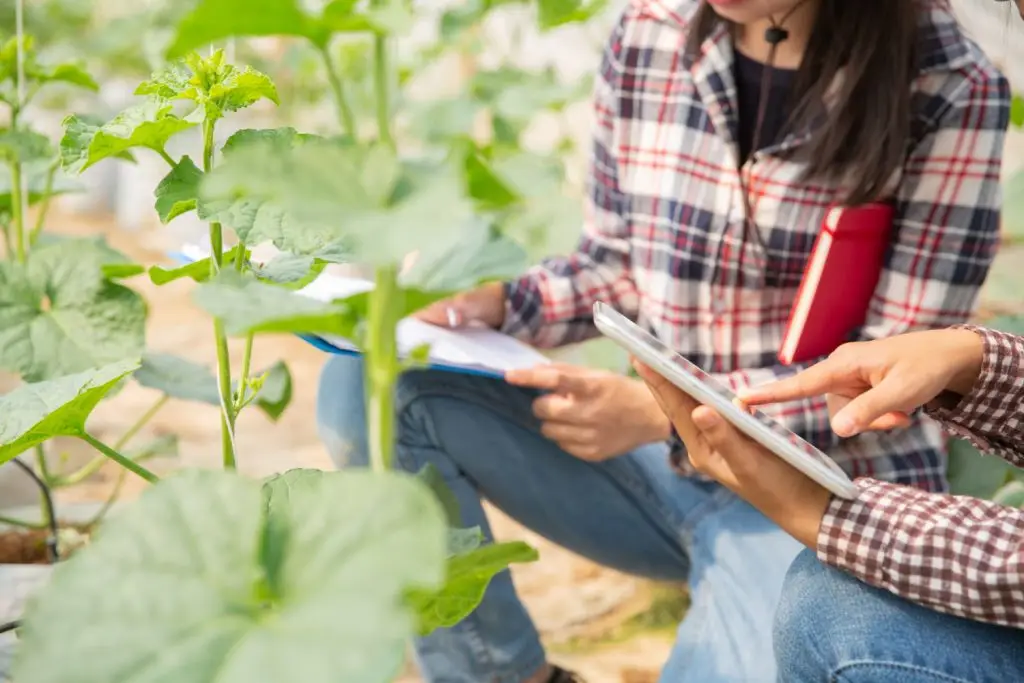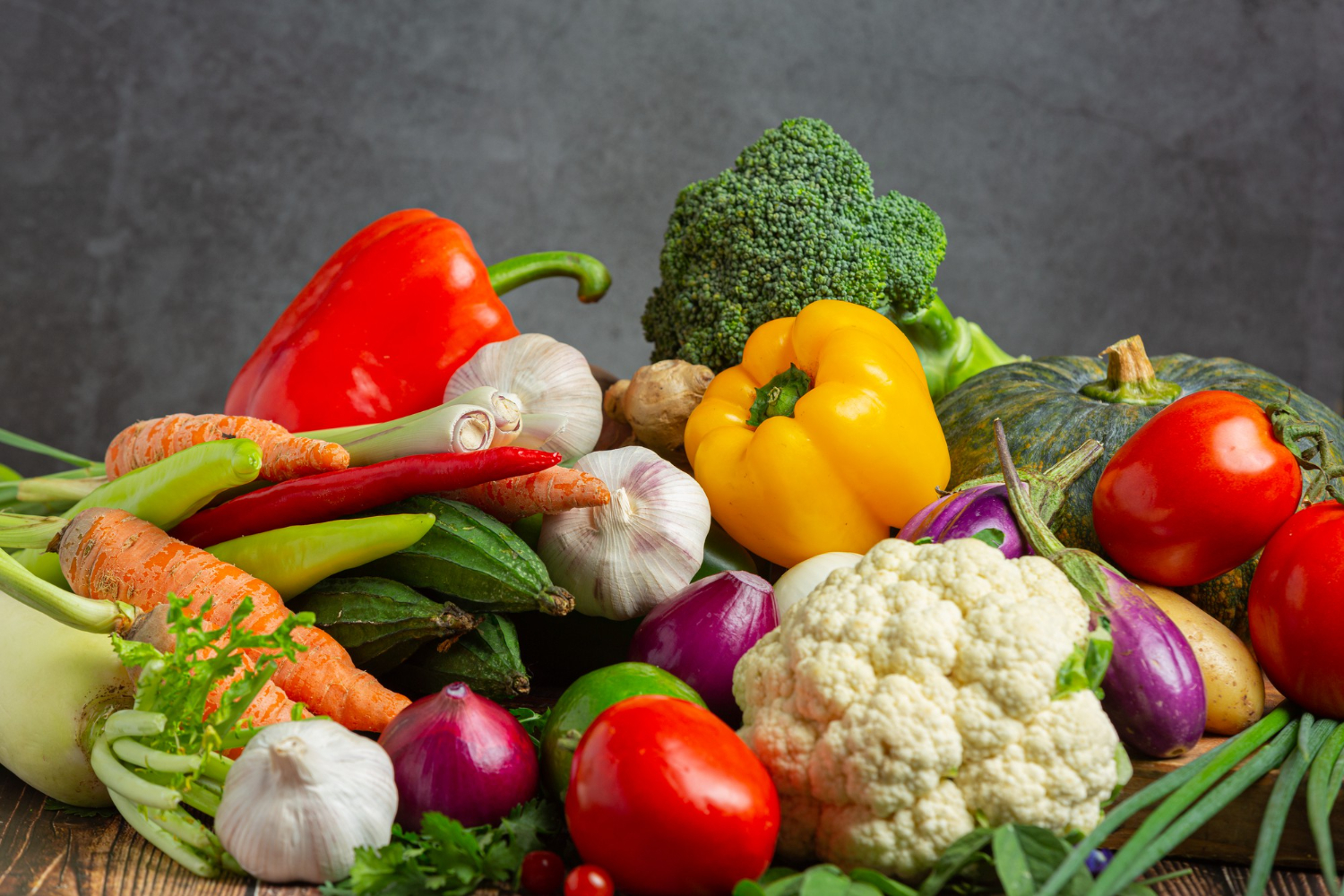How much water do we need to irrigate a vegetable garden?
June 29, 2023
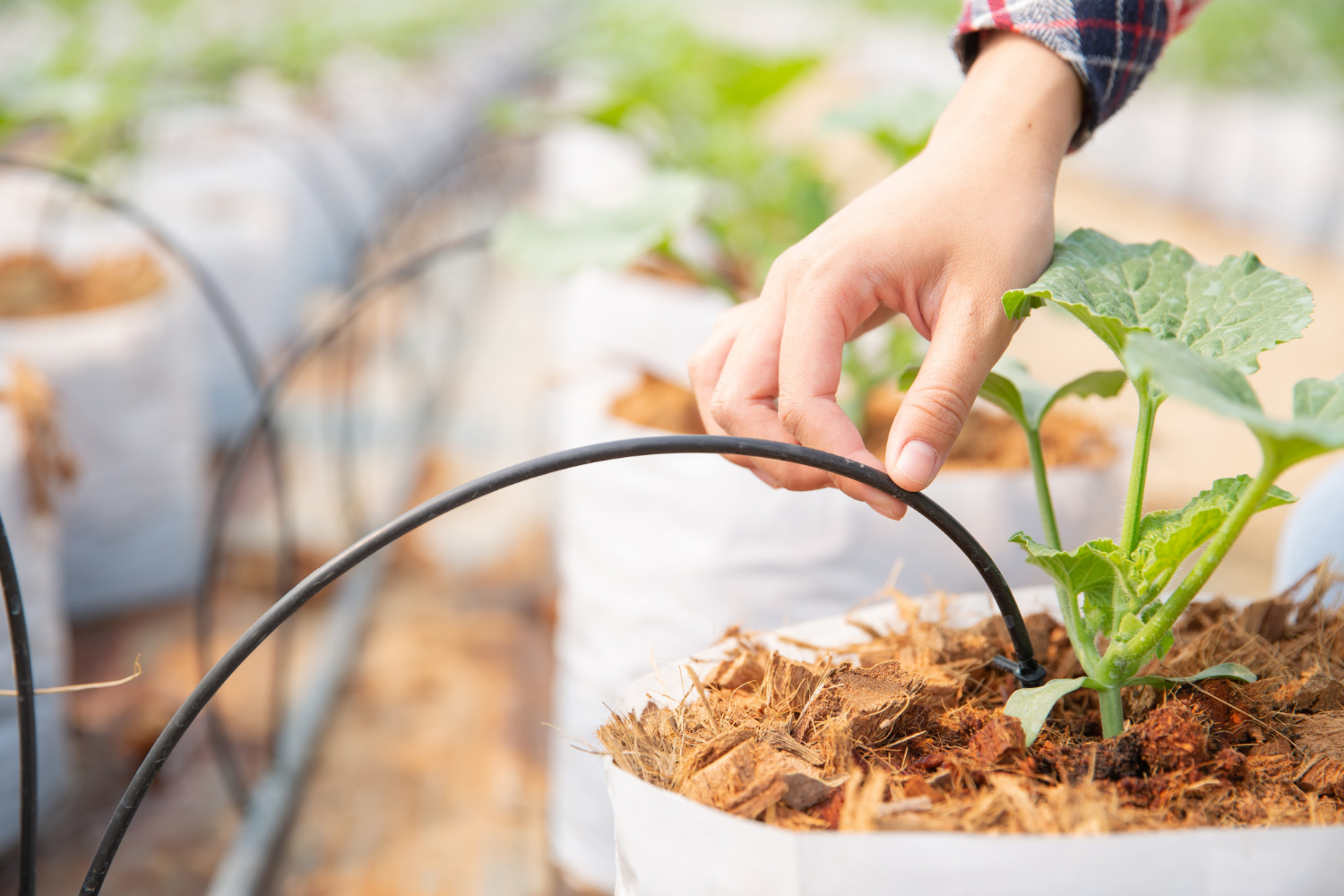
If you are thinking of setting up or renting a urban garden, this question is bound to come quickly to your mind: What will your water needs be?
Of course we can ask around and do it by eye, but at GARDENPHY, we prefer you to know the technique, where we can find out specifically what you need and then apply your own experience.
The importance of watering
Irrigation serves to regulate the humidity conditions of the plant and the soil. Irrigation can increase the yield of the garden by up to 30%.
Heat, wind and other environmental conditions cause evaporation of moisture from the soil, and plant transpiration.
When plants no longer have water from both the soil and its reserves, they dehydrate, i.e. dry out.
Plants have a certain tolerance to lack of water, i.e. they can recover as long as the lack of water has not been extreme and the plant dies, which is called permanent wilting point.
Important to remember:
We need to change the concept a little: it is not about watering the plant, but about maintaining optimum humidity conditions so that it can develop and so that we do not make mistakes due to either too little or too much.
In other words: we are going to provide the plant with the moisture that evaporates from the soil on a daily basis.
It is important to know that the better we know how much water the crop needs, the better we will make use of the water we have available; we save water and money.
Publish your garden for free today
Knowing what the annual rainfall brings us
It would be interesting to know the approximate rainfall in our area because this would help us to know how much water we really need to provide.
/*! elementor - v3.14.0 - 26-06-2023 */ .elementor-widget-image{text-align:center}.elementor-widget-image a{display:inline-block}.elementor-widget-image a img[src$=".svg"]{width:48px}.elementor-widget-image img{vertical-align:middle;display:inline-block}
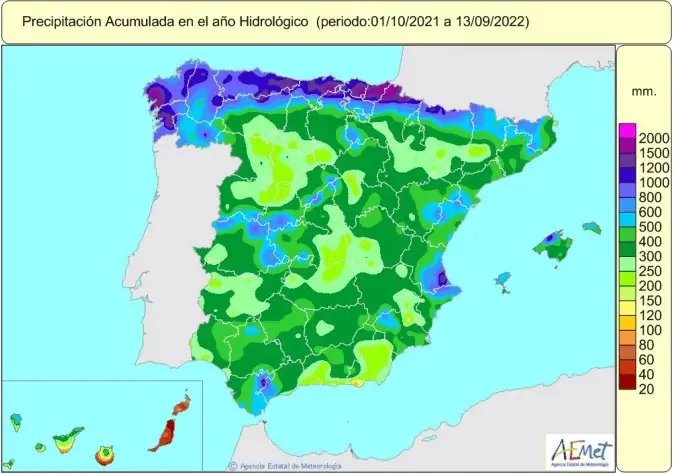
Map of cumulative precipitation in Spain within the year 2021-2022
This year has not been one of the best in terms of rainfall, with an average of 300-400 mm of water per m2 per year in most of Spain.
With the exception of Galicia, the Cantabrian mountain range, the whole of the Pyrenees and some very specific points in the area of Valencia, Extremadura, Castile and Leon and southern Andalusia.
Taking the average data of 350 mm/m2 divided by 365 days we have an average of 1mm/m2 per day.
With this we now know what nature naturally provides us with, even if it is very little, at least we know the facts.
We see the potential evaporation according to the average climate (ETP).
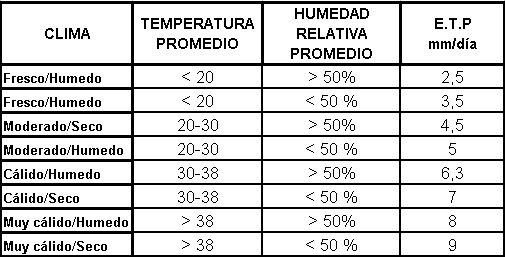
Table of average ETP based on temperature and relative humidity. Source: El riego.com
In this table you can see in the last column, how many mm/m2 of water can evaporate per day depending on the average temperature and the average relative humidity.
Application of the crop coefficient
The crop coefficient or Kc is used to obtain the real evapotranspiration of the different crops, by applying a specific coefficient for each of them.
| Type of vegetable | KC |
|---|---|
| Artichoke | 0.95 |
| Celery | 1.05 |
| Aubergine | 0.95 |
| Cabbage | 0.95 |
| Spinach | 0.95 |
| Pea | 1.05 |
| Bean | 1 |
| Lettuce | 0.95 |
| Melon | 0.95 |
| Potato | 1.05 |
| Cucumber | 0.90 |
| Pepper | 0.95 |
| Radish | 0.80 |
| Beetroot | 1 |
| Tomato | 1.05 |
| Carrot | 1 |
We now perform the calculation with a real example
Now with all the data we have from the previous tables we are going to make an example for you to understand better.
Example in an orange plantation:
Plantation of orange trees in full growth, in the province of Murcia, planted at 6 x 4.
The most unfavourable ETP is that of July and corresponds to 5.3 mm/day.
Kc (orange tree maturity)=0,6
The new ETP for this crop will be = 5.3 x 0.60 = 3.18 mm/day = 3.18 l/m2 and day.
In other words, our irrigation system must be able to supply 3.18 l/m2 per day.
Latest posts
